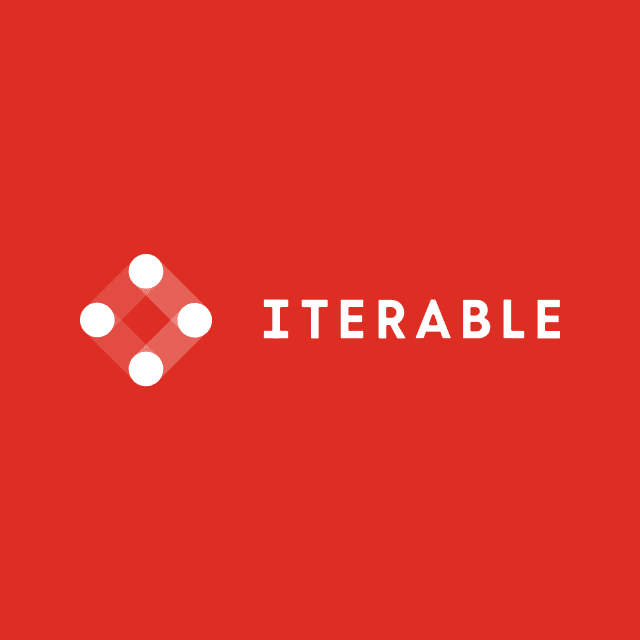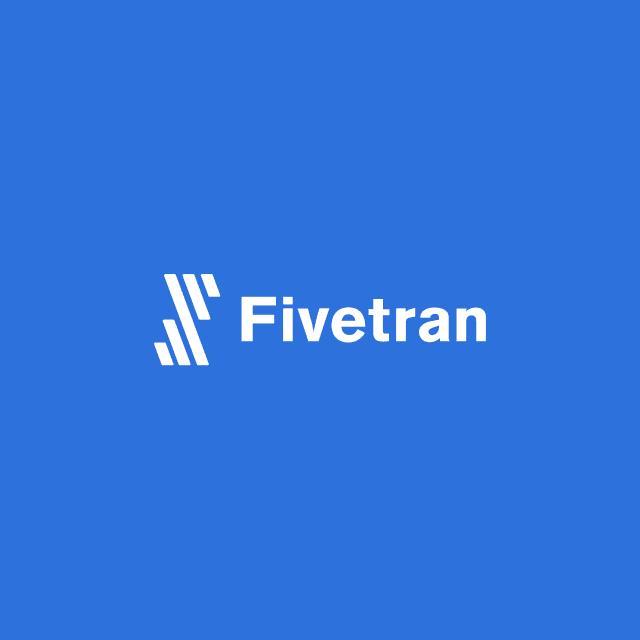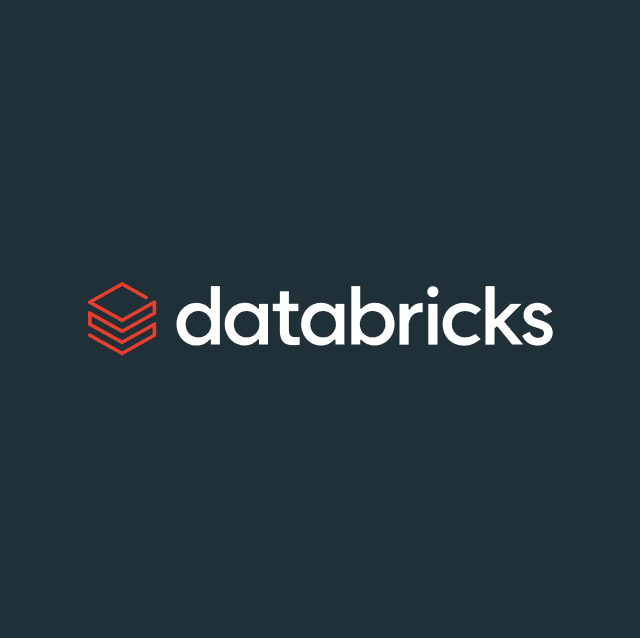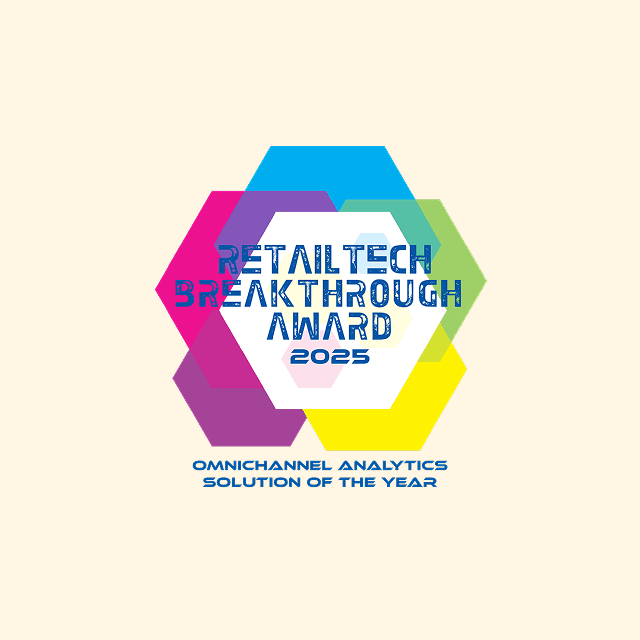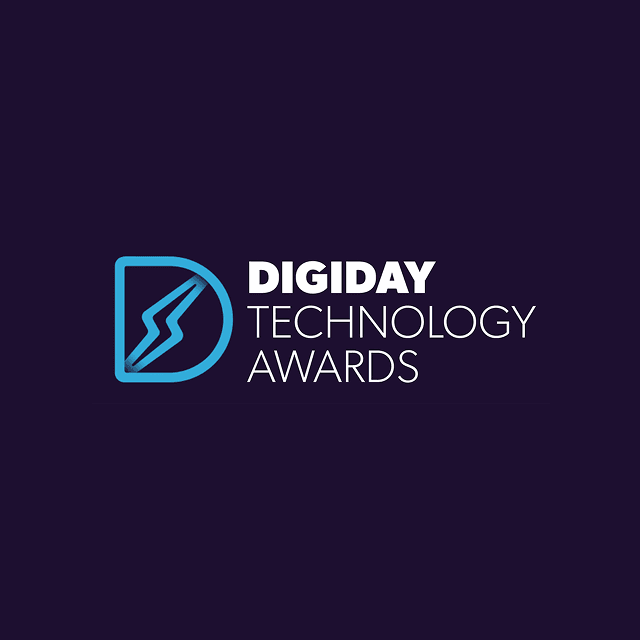For years, marketers have turned to rule-based automation to craft customer journeys that deliver consistent messaging and predictable outcomes. Today, marketing is evolving. Customers navigate across multiple channels, shift priorities rapidly, and expect brands to respond in real time. This creates new opportunities for marketers to engage more deeply and effectively.
Agentic marketing systems powered by AI are emerging as the next step forward. Unlike traditional methods, these AI agents continuously interpret customer behavior, responding dynamically to each individual interaction. Messages and experiences adapt in real time, shaped directly by customer actions and intent. The result is highly personalized journeys that deliver more meaningful engagement and drive stronger outcomes.
What is an AI customer journey?
An AI-powered customer journey is a marketer-led experience, orchestrated and driven by AI agents. These agents adapt dynamically to each customer’s behavior, continuously interpreting actions, context, and history to deliver 1:1 customer experiences across any marketing channel. By leveraging reinforcement learning and real-time decision-making, AI agents can test, learn, and scale personalized experiences beyond human capabilities. These agents continuously learn from each customer interaction while drawing from broader behavioral data across the entire user base. This dual-layered learning powers engagement that is not only deeply personalized but also intelligently scaled, leading to stronger relationships, higher satisfaction, and improved retention over time.
What’s the difference between traditional journeys & AI journeys?
Traditional customer journeys are rule-based, linear, and predefined. Marketers map out each step in advance, using simple triggers such as email opens or purchases. Customers follow identical paths, regardless of their unique behaviors or preferences. Once launched, these journeys remain static unless manually adjusted.
On the other hand, AI customer journeys dynamically adapt based on customer behavior and data in real-time. Instead of fixed paths, AI agents continuously evaluate each interaction, determining the most relevant following decision, whether sending a personalized message, adjusting timing, or offering incentives. This approach ensures that two customers within the same campaign experience entirely different journeys explicitly tailored to their behaviors and needs.
The key difference is adaptability and personalization at scale. Traditional journeys rely on predefined logic, while AI journeys use real-time optimization to drive deeper engagement and achieve strategic outcomes like improved retention, increased lifetime value, and reduced churn.
How do AI customer journeys work?
AI customer journeys are driven by intelligent decision-making agents, like embedded marketers inside your stack. At a high level, AI agents need four factors to operate:
- Goals (What you want to achieve): Examples include increasing repeat purchases, driving product adoption, or reducing churn.
- Dimensions (What they can personalize): Message content, subject lines, send time, channel, and frequency.
- Guardrails (What rules they must follow): Brand and compliance constraints like quiet hours, message caps, or frequency limits.
- Inputs (What they can work with): Creative assets and templates used in messages sent.
Once configured, the agents continuously evaluate each customer’s signals, purchase history, browsing behavior, engagement patterns, and more, to decide what to say, when, and how to say it. Behind the scenes, they use machine learning methods like reinforcement learning and contextual bandits to balance experimentation with proven strategies.
The system learns and improves with every interaction. Instead of chasing vanity metrics like clicks, it focuses on tangible outcomes, like revenue growth, customer retention, and lifetime value. And because each agent operates within your brand’s rules, it delivers personalization with consistency, control, and scale.
In short, AI transforms your customer journey from a static map into a responsive system, adapting in real time to meet each customer where they are.
What are the benefits of using AI in your customer journeys?
Lifecycle teams are under pressure to deliver personalized experiences at scale, but traditional automation tools have hit a ceiling. AI customer journeys help break through that plateau by adapting to real behavior, reducing manual work, and driving better performance across the journey.
- 1:1 personalization at scale: AI agents tailor each interaction using real-time behavior, historical data, and individual intent. This enables true one-to-one personalization without complex journey mapping or manual updates.
- Insights and continuous learning: AI agents continuously learn from every customer interaction, refining their decisions based on what’s working. Unlike static reporting or manual analysis, this learning happens faster and at a scale no human team could match. The result is more thoughtful engagement with every message, not just better dashboards.
- Eliminates manual journey logic management: Lifecycle marketers set the strategy and define desired outcomes, then AI agents handle the execution. Rather than building and maintaining rigid flows, marketers stay focused on the big picture while AI dynamically adapts to customer behavior to deliver the right experience.
- Real-time adaptability: AI-powered journeys continuously adjust based on the latest customer actions and trends, ensuring relevance without fixed logic constraints. This adaptability provides consistent engagement even as customer needs and behaviors evolve.
AI customer journey use cases
Lifecycle teams are turning to AI for automation and precision across their most critical programs. By learning from real-time behavior and past interactions, AI agents take the guesswork out of timing, channel, and message selection, unlocking stronger results in core lifecycle moments like re-engagement, cross-sell, and recurring purchases.
Win-back and re-rngagement
Generic win-back campaigns often fail because they don't account for individual customer behavior and preferences. AI agents detect early signs of disengagement and proactively select the right message, channel, and timing for each user, increasing the chances of reactivation.
Cross-sell
Traditional cross-sell programs often rely on simplistic rules, leading to missed opportunities or irrelevant offers. AI agents analyze engagement signals, product affinity, and timing to tailor offers that resonate with individual customers. This intelligent approach maximizes revenue and minimizes wasted impressions.
Recurring purchases
Static rules like "send 30 days post-purchase" rarely align with actual customer behavior, resulting in missed repurchase opportunities. AI agents predict when each customer will likely buy again and deliver personalized nudges at optimal times. This dynamic approach ensures that recurring revenue becomes a dependable part of your lifecycle strategy.
AI customer journey tools
Bringing AI into your customer journey starts with the right decisioning platform. These tools eliminate complexity without requiring heavy engineering, making it easier to deliver personalization.
Below are three leading platforms operationalizing AI Decisioning in distinct ways, from reinforcement learning to agent-based personalization to composable architectures. Each helps teams engage customers more precisely, quickly, and at scale.
- Hightouch is an AI Decisioning platform that powers 1:1 personalization across channels. It integrates directly with your existing stack to access all your customer data, enabling it to determine each customer's most effective message, offer, timing, or channel. It uses AI agents to perform actions for each of your customers, allowing you to scale beyond human capacity. The platform continuously learns using reinforcement learning, improving outcomes with every interaction. You can define brand guardrails, such as frequency or timing windows, to ensure messaging stays consistent and compliant.
- OfferFit is a decision layer between your data systems and marketing automation tools. It uses reinforcement learning to automate and scale A/B and multivariate testing, constantly refining personalization strategies based on real-world performance. Delivered as a managed service, OfferFit provides daily recommendations tailored to each customer and surfaces clear performance insights, helping teams understand what’s working, why, and for whom.
- Aampe provides agent infrastructure that delivers personalized experiences across email, mobile, push, and SMS channels. Each customer is assigned an autonomous AI agent that monitors engagement and adapts real-time messaging. Messages are tagged and contextualized, allowing the system to respond to shifting preferences without manual intervention, making personalization continuous, scalable, and highly contextual.
Closing thoughts
Customer behavior is dynamic and continuously evolving, making traditional, static marketing journeys increasingly difficult to manage effectively. AI-driven customer journeys transform this challenge by providing real-time, adaptive personalization at scale.
With AI agents, lifecycle teams no longer need to build or maintain rigid journey logic manually. Instead, marketers define strategic goals and let the AI agents dynamically optimize every interaction, continuously learning from customer behaviors and adapting automatically. This allows teams to deliver impactful, individualized experiences effortlessly and focus their time on higher-level strategy rather than operational complexity.
Explore how AI agents can produce 1:1 personalization at scale that is not possible manually. Book a demo to discover how AI Decisioning can empower your team to drive meaningful results with less manual effort.






